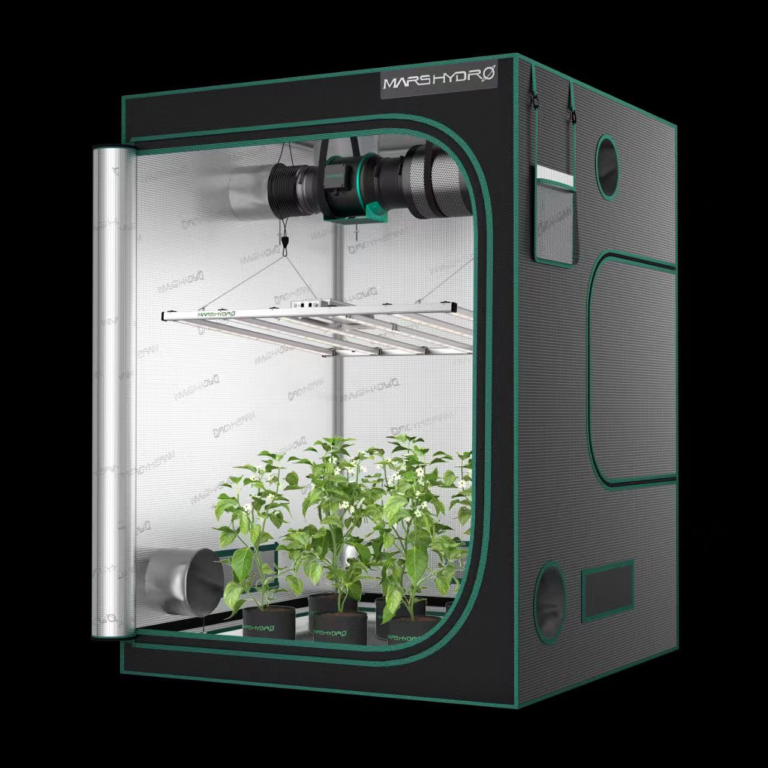What is the Cost of Solar Energy Daily?
The cost of solar energy daily varies by location, system size, and installation method. It also depends on the panels’ quality and other incentives, such as state and federal tax credits.
The average residential system costs around $3-5 per watt before any tax credits or other incentives are factored in. However, the price can vary widely depending on your area and local labor rates.
Cost of installation
If you want to save money on your utility bill and cut your carbon footprint, installing solar panels is a great investment. Depending on your home’s energy needs, a solar panel system can pay for itself in as little as five years. However, a few factors can make your installation cost more or less than expected.
First, the type of panels you choose impacts your costs. There are three different types of solar panels: monocrystalline, polycrystalline, and thin-film. All can produce high amounts of power, but each has its pros and cons. Generally speaking, monocrystalline panels are the most durable and cost-effective. They’re also the most common but not the best choice for hot climates because they tend to fade over time.
Next, your system’s size impacts your installation’s total price. The average 5-kilowatt residential system will cost between $15,000 and $25,000 before tax credits and incentives.
The size of your system will vary based on how much electricity you need, how many people live in your home, and what activities you participate in. For example, a family with a modest lifestyle could install a 5 kW to 6 kW system, but a large family with a lot of entertainment and heavy energy use might need a larger system.
Another factor that affects your solar panel installation cost is how much sun your home gets. A home with a south-facing roof that receives ample sunlight will require fewer panels than a home with limited sun exposure.
Finally, the ancillary costs that go into the installation process will also impact your final cost. These costs include labor, permits, insurance, and overhead.
Overall, solar panel installation costs have decreased dramatically over the years, with prices falling 70% between 2014 and 2016. In addition to federal tax credits and local incentives, solar energy is now cheaper than ever before and will likely continue to be more affordable as we move forward.
In most cases, the cost of solar energy is lower than other forms of power generation like coal and natural gas. It is also a more renewable resource than fossil fuels and can help reduce your carbon footprint.
Cost of panels
Solar panels are an effective way to reduce energy costs. However, they can also be costly to install. The cost of your system depends on a number of factors, including the type of panels you choose, your location, and the incentives available in your state.
You may want to calculate how much power you use daily before determining the size of your solar panel system. This will give you an idea of how many panels you’ll need and if your home can absorb enough power to meet your household needs.
For example, a family with an average electricity bill of $800 per month and a house that receives an average of five hours of direct sunlight each day will need a 12 kW solar panel system. Homes that get more direct sunlight, such as those in California or Arizona, will require fewer panels to meet the same energy needs.
The wattage of the panels also has a major impact on the overall cost of the system. A more powerful system is typically more expensive than a less-powerful system.
Choosing the right type of panels can also be important, as different types are more efficient and have a longer lifespan. The most popular options include thin-film, monocrystalline, and polycrystalline panels.
Thin-film solar panels are made from an array of photovoltaic materials organized into a thin film and layered with metal, glass, or plastic. They’re relatively lightweight, easy to mount, and cheaper than crystalline options.
However, they’re less efficient than crystalline panels and don’t have as long a lifespan. They’re available in both residential and commercial applications.
If you’re interested in installing a solar panel system, it’s best to consult a professional. This will allow you to discuss the cost of panels with an expert and ensure you make a sound investment that will save you money over the long term.
There are also tax incentives and rebates for solar systems in some states. These can help reduce your system’s cost and can also be a great incentive to sell excess power to your local utility company.
Cost of inverter
A solar inverter is essential to your home’s solar power system. It converts the electricity generated by your panels into usable electricity for your home. It can also provide anti-islanding protection in case of a blackout and the ability to send energy back to the grid.
Several different types of inverters are available, and their cost depends on their size and brand. They can range from under $1000 to over $2000. The type of inverter you choose depends on your needs, as does the wattage of your solar panels.
One common inverter type is the string inverter. These are simple to install and wire, don’t break easily, and can be used with a wide variety of panels. They’re also easy to monitor and troubleshoot since all of the elements are in one place.
Another popular inverter type is the microinverter. These units are more expensive than string inverters but last longer and more efficiently. They can also be paired with power optimizers to optimize the performance of individual panels.
Optimizers are less expensive than microinverters and can be installed on only the panels that need them. They aren’t necessary for every panel in the system, though a good installer may recommend that you have them added.
If you want to make sure that you’re getting the best possible value for your money, check out the National Renewable Energy Laboratory’s cost benchmark report. This will help you to gauge your solar installer’s prices against the industry average.
The price of an inverter typically accounts for about 6% of the cost of your installation. This means that a typical 5.6 kilowatt (kW) installation should cost around $16,408 in total, with the inverter accounting for about $1,000 of that.
Inverters generally have a life expectancy of about 12 to 15 years. This is much shorter than your solar panels’ 25 to 30-year lifespan, and it’s almost certain that your inverter will need replacing at some point.
If you’re worried about your inverter’s lifespan, you can save a lot of money by spending a little extra at the time of purchase to get an extended warranty. Many inverters come with a 5-10 year parts and labor guarantee, but you can upgrade to a 20-30 year warranty for a small charge.
Cost of monitoring
A solar monitoring system is an excellent way to keep track of your energy production and consumption. These systems can help you optimize energy usage and save money on your power bills. They can also help you understand your solar system’s production over time, which will allow you to get the most out of your investment.
In order to monitor the performance of your solar system, you will need a tracking device that is able to send data back to your inverter. Some systems have this feature built-in, and others require additional hardware. This type of monitoring is especially important for new installations because it allows the installer to check the installation and identify any problems before they cause major damage to your system.
One of the most popular solar monitoring solutions on the market is Enphase’s Enlighten cloud-based platform, which is available on any web-enabled device or through a mobile app. This software tracks individual panel output and enables system owners to link production to their local weather conditions.
The software also allows automatically generating reports based on your system’s output, which is useful for comparing it to similar systems in your area. It can also help you spot trends in your solar production that could indicate issues with your panels or inverter.
Another way to measure your system’s solar energy is by using a smart meter. These are typically installed in a home with a solar system, allowing you to measure the energy you use and send excess energy back into the grid. They also help you make sure you’re not overpaying for electricity in the long term by helping you find the cheapest power plan on the market.
Sense’s energy monitor uses AI device profiles to help you track and manage your home’s energy use. It’s not quite as robust or accurate as other hardware solutions, but it’s an excellent solution for people who don’t have a rooftop solar monitoring system in place.
Other than solar monitoring, a ‘type 4’ smart meter has many other benefits. These can include measuring your total energy use, allowing you to switch from a fixed tariff to a variable rate, and reporting that data back to the energy distributor so they can calculate your net metering.




